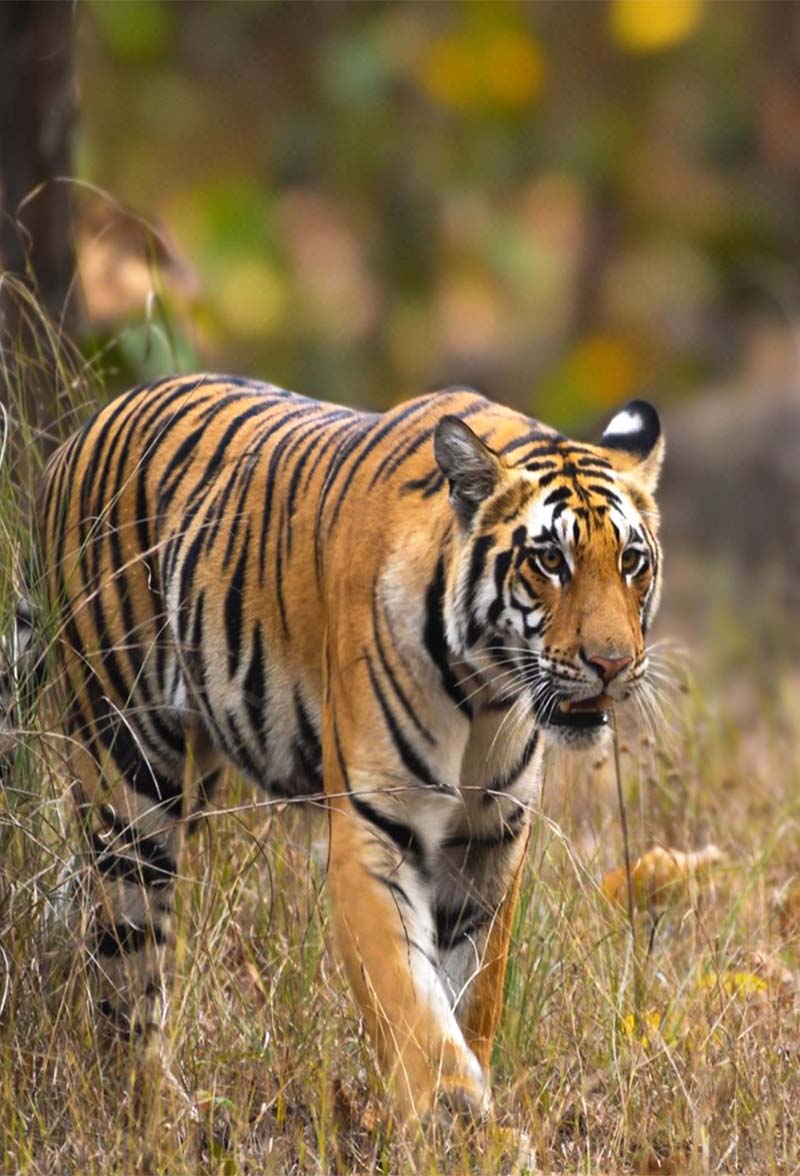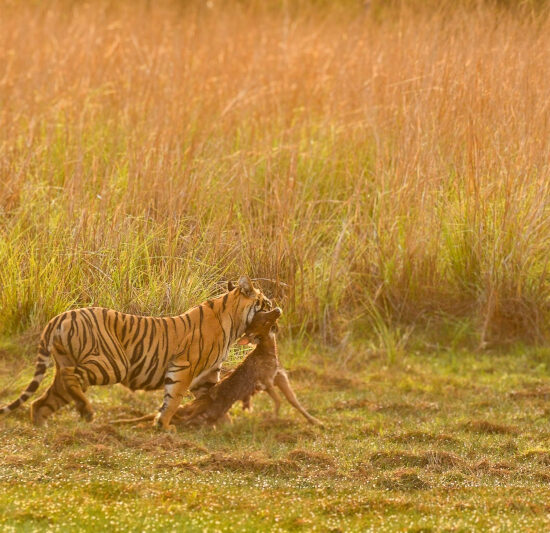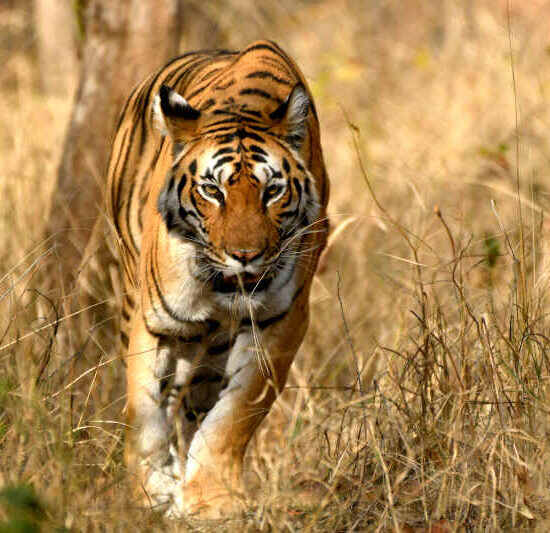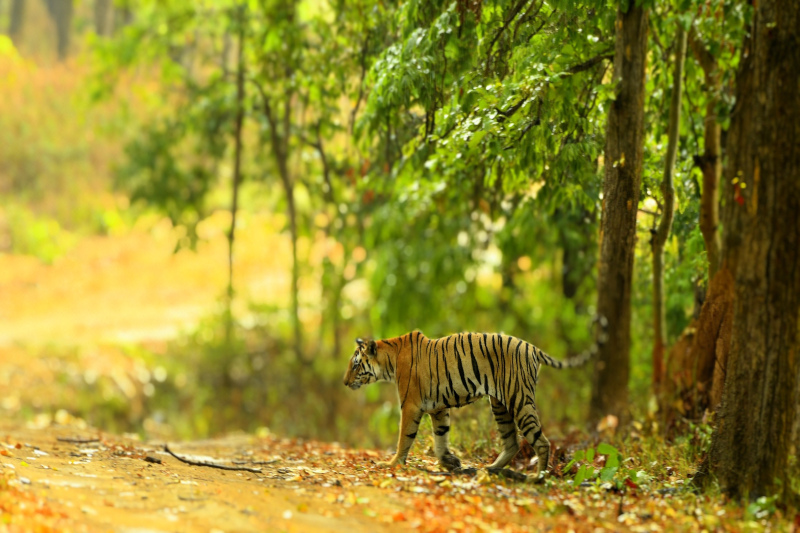
Safari Zones and Gates at Kanha
How to plan a Safari and Select Zones at Kanha ?
About the Forest
Kanha National Park or Kanha Tiger Reserve is one of the tiger reserve of India and the largest national park of Madhya Pradesh , state in the hear of India. The Park has a significant population of royal bengal Tiger, Indian leopards, the sloth bear, barasingha, Indian wild dog, wild cats, foxes and jackals and many others. The park has been instrumental in rescuing the swamp deer known as barasingha from extinction. At present, there are four safari zones (Kanha, Kisli, Mukki and Sarahi) in which tourists can undertake their safari drives.
Kanha Tiger Reserve is also home to over 1000 species of flowering plants. The lowland forest is a mixture of sal and other mixed-forest trees, interspersed with meadows. The highland forests are tropical moist, dry deciduous type and of a completely different nature from bamboo on slopes. A notable number of Indian ghost trees can also be seen in the dense forest. Kanha Tiger Reserve abounds in meadows which are basically open grasslands that have sprung up in fields of abandoned villages, evacuated to make way for the animals. Kanha meadows is one such example. Many species of grass are recorded at Kanha, some of which are important for the survival of barasingha and the gaur.
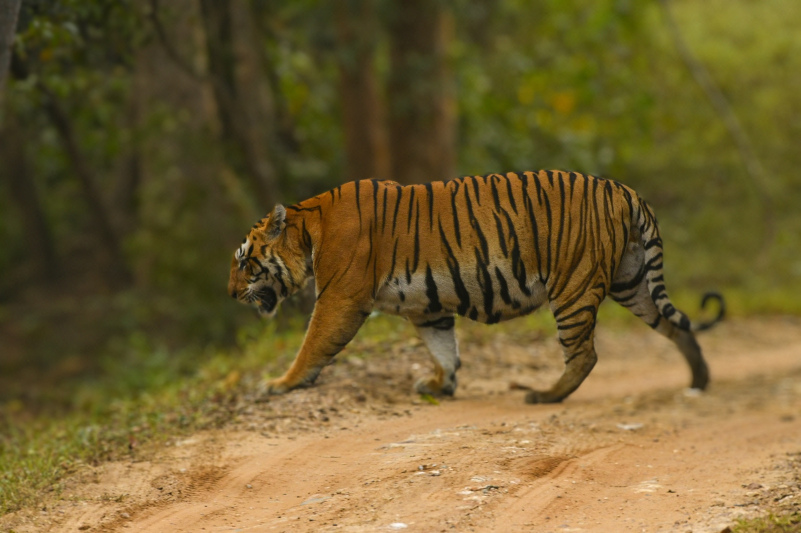
The Core zone is basically the central area originally demarcated area of the national park with no villages or settlements. Here the natural resources and wildlife are highly conserved and human activity is extremely limited.
The Buffer zone is the area of forest surrounding or adjoining the core. In the buffer zones conservation takes place along with limited human settlement.
The main object of the buffer forest is to protect the Core forest and ensure the safe passage for animals to migrate. Buffer forests also connect the National Parks to other sanctuaries and adjacent Tiger Reserves through ‘Tiger Corridors’.
The Core Zones of Kanha are: Kanha, Sarahi, Mukki and Kisli
The Buffer Zones of Kanha are: Khatia, Sijhora, Phen and Khapa
Our Upcoming Tours to Kanha
The Core zones:
Kanha zone has open meadows with grasslands and bamboo vegetation that offer some unique sightings. A tourist attraction is Shravan Taal, legendarily known for a place where King Dashrath killed Shravan Kumar mistaking him for a deer.
Sarahi Zone has dry deciduous forests and with larger meadows. Sarahi is accessed through a common road via Kisli zone and one encounters the towering Saal forests on the way.
Mukki Zone reports good sightings. The landscape includes saal, bamboo and grasslands.
Kisli zone also has the elegant saal forests and scenic grasslands with bamboo vegetation.
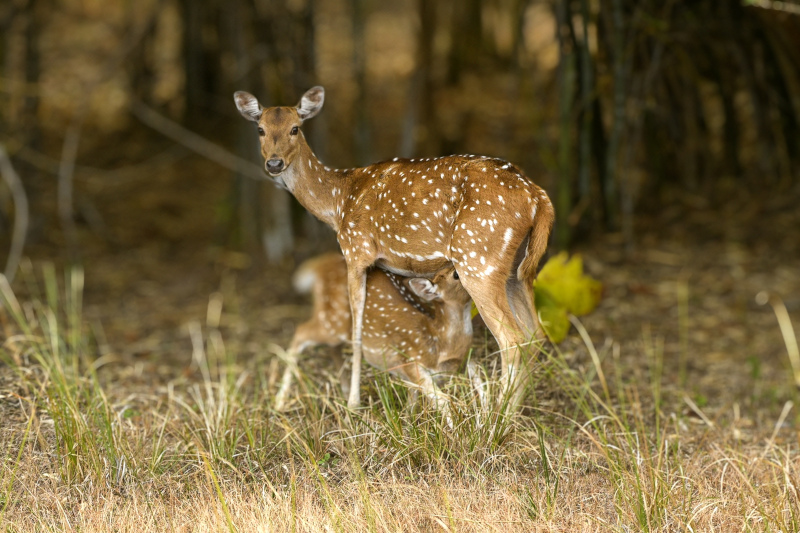
Currently there are three entrance gates to access the national park:
Khatia gate, Mukki gate and Sarahi gate.
The four core zones which are accessible from different entry gates. All these core zones are very popular among tourists.
When you book the safari, you actually book the Safari Zone wise but you enter through different gates. Therefore, it is very important to know which zones are preferred through which of the three gates. If you have booked safari for Kanha or Kisli zone it is preferred entering through Khatia gate. If you have booked Mukki zone it is preferred entering through Mukki Gate and Sarhi Zone through Sarhi Gate.
Technically you are allowed to enter through any of the entry gates to all the zones but the path are too long and confusing. To have a better experience and good probability of sightings we prefer mapping the zones to the entry gates.
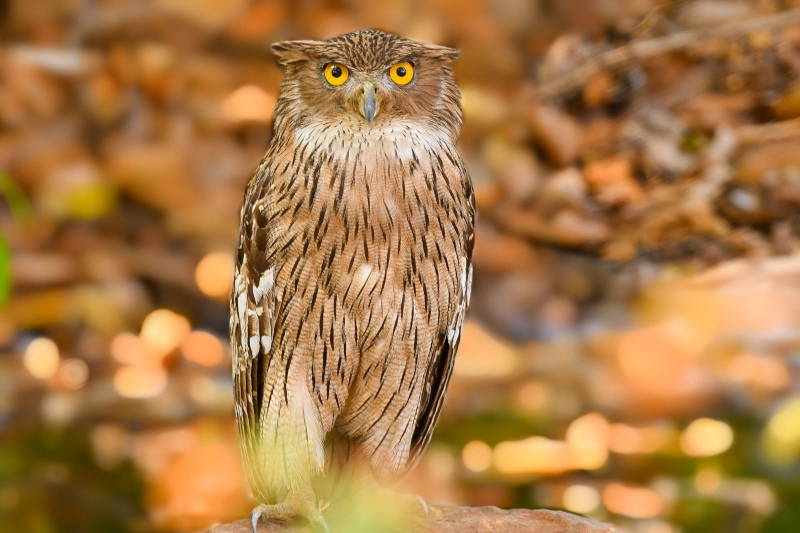
When (Season) to visit the Forest ?
Kanha forest like any other wildlife reserve is open for tourism from October to June. During Monsoon (July, August and September) forest remains closed for the Tourism.
Generally, this the most common question to decide the forest trips. Its Winters when the climate is quite cool and pleasant, there is plenty of water around and forest is lush green or its Summer when there is shortage of water and tigers to move towards the artificial water bodies in the forest making high probability of tiger sightings.
The fact is that the tigers are sighted throughout the year. Post Monsoon the forest is lush green and roads inside the forest are quite soft. Tigers during this period prefer walking on the soft roads and marking its territory. Though there would be less of alarm calls and may be tracking a tiger little difficult as compared to the summer. If you enjoy the thrill in tracking a tiger winters would be the best to explore the forest i.e. from October to early March.
Summer are quite dry and hot. The temperature is quite high and raises to 45 degrees or even more. Most of the water dries up and therefore water for the animals is only available at the man-made waterholes. Most of the tigers have a regular habit of visiting these waterholes as a result the probability of tiger being sighted is quite high during the summers.
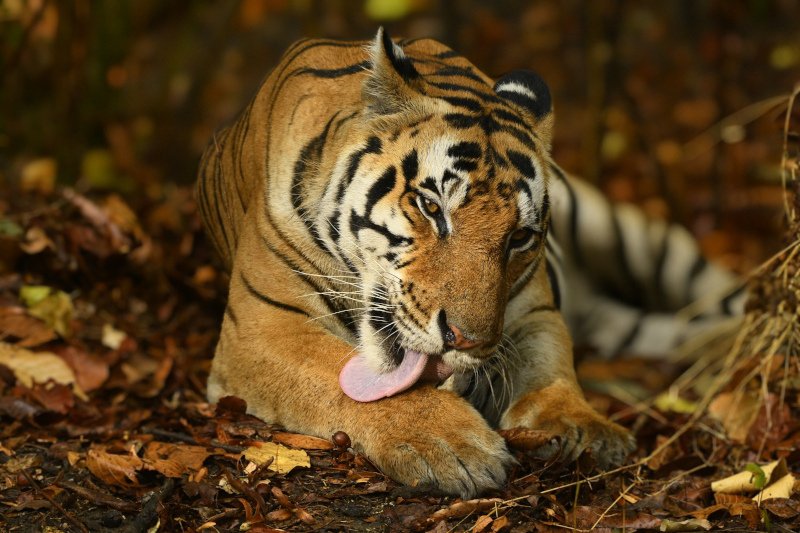
Planning and Booking the right Safari Zones.
It is very important to plan your safari gates and book the permits quite in advance. Once you decide the place for accommodation you should check for the Safari gates close to the resort you choose to stay. For Kanha it is most ideal to plan a safari and book the permits at least 60 to 70 days in advance. Safari permits are limited and available online. So before you book the resort you should ensure that the permits are available for those entry gates close to your resorts.
Our Upcoming Tours to Kanha
Subscribe to our Youtube Channel for More Videos on Jungle Safaris in India & Africa
Each trail can be customized as desired. So Let’s embark on this journey to discover the vast variety of beauty that nature has to offer.




